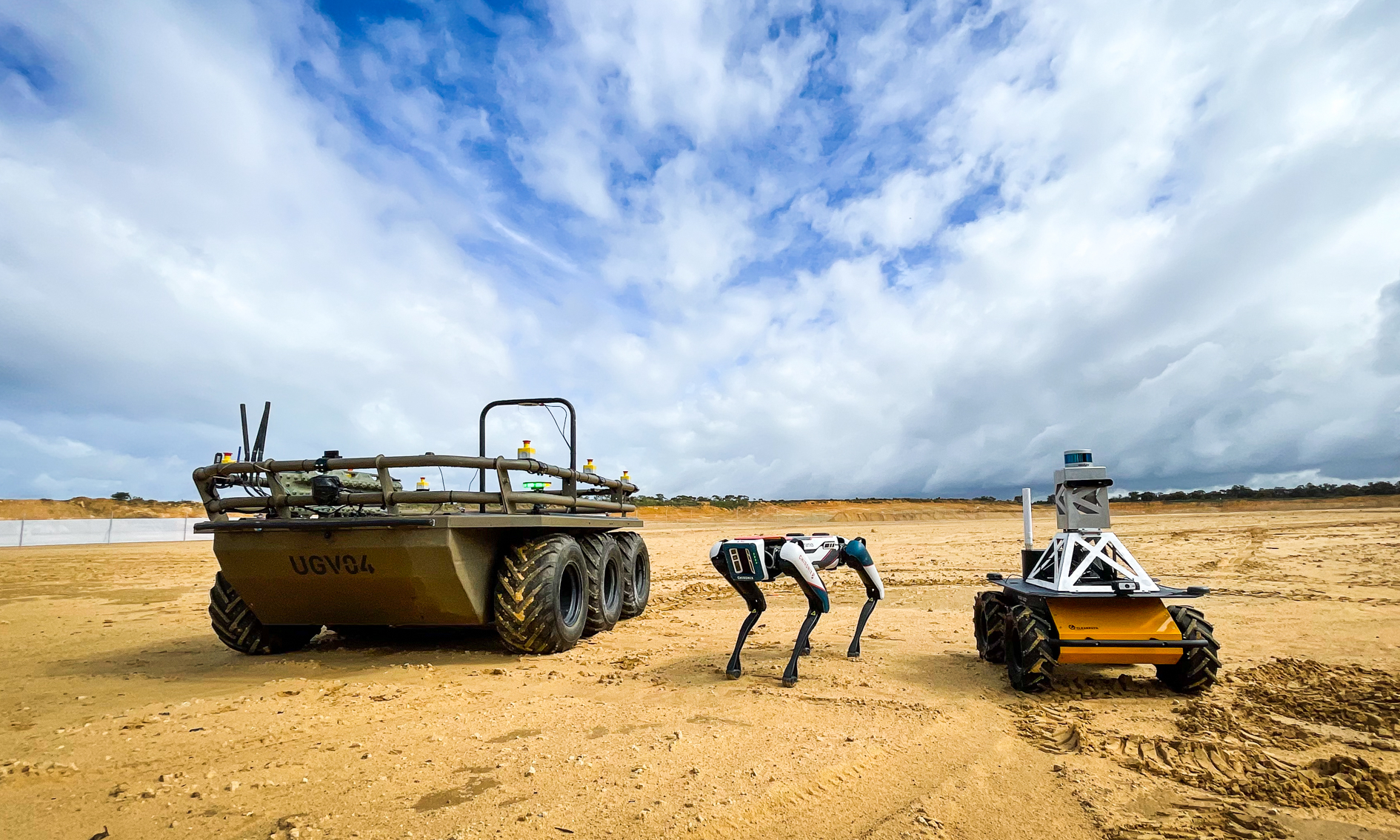A local robotics firm has been selected to deliver casualty evacuation services to the US military.
To continue reading the rest of this article, please log in.
Create free account to get unlimited news articles and more!
Perth-based autonomous robotics company Chironix has secured a contract from the US government’s Office of Naval Research (US Navy) for the development of new technology designed to safely evacuate casualties from a battlefield or disaster zone.
Specifically, the contract — awarded under Project Simpson, which pays tribute to Anzac stretcher bearer Jack Simpson — involves the programming of robots to remove casualties to a field hospital or other safe zone.
This builds on Chironix’s previous work developing autonomous robotic solutions for complex outdoor environments.
“Beyond saving the lives of those who might otherwise put themselves in harm’s way, this technology will empower soldiers and other personnel to unlock their full potential,” Daniel Milford, founding CEO of Chironix, said.
“Instead of the time, energy and risk expended on this crucial task to which humans are not ideally designed, they can put their skills and ingenuity to use in ways that provide more value.
“That’s the ultimate goal of autonomous robotics – not to replace human capabilities, but to support and work alongside us in the endeavour to achieve greater things.”
According to Milford, the robots are designed to deliver and offload supplies from a base before transporting either casualties or spent stores back to base in a “loop” pattern.
“Hence, we have developed a solution which autonomously moves supplies from A to B, and returns casualties from B to A,” he added.
“The problem solved by Project Simpson – and the automated technology – is the ability to operate these autonomous logistics loops in challenging outdoor environments, which will increase the speed and number of people which can receive emergency medical care, while at the same time increase the available supplies to the people that need them.”
The technology can operate with low levels of human input, capable of traversing unmapped areas like forest, bush or mountainous environments.
“We’re building the brain of the robot so that it can successfully navigate its way from A to B and then B to A through traversable terrain, avoiding obstacles while making decisions about how and where it will travel,” Milford said.
Timothy Bentley, Force Health Protection Deputy with the Office of Naval Research, US Navy said Project Simpson would develop significant capability in the automation of casualty care while potentially saving more American lives.
“We look forward to strengthening our relationship with Chironix as we bring this technology into reality over the course of the project,” Dr Bentley said.
“We are looking forward to seeing the outcomes of this project as we work to optimise the patient care process and enhance the automation of key logistics capabilities to support the efforts of the US Marines.”
The technology also has non-military applications, including the transport of supplies to and from disaster sites, and supporting workers in mine sites or outdoor environments.
The platform can also form key logistics delivery processes in regional or remote areas around the world.
Phase One of Project Simpson was completed in 2019.
“When you think about what Jack Simpson and what he achieved with Duffy, who was one of his donkeys – to be doing work that is aimed at the same goal is a special thing to be a part of,” Milford said.
“The name of this project is inspired by that famous legacy, which, as someone who has had a long affiliation with the Australian Defence Force, is personally significant for me.”
[Related: Local firm lands Lynx IFV contract]

 Login
Login







